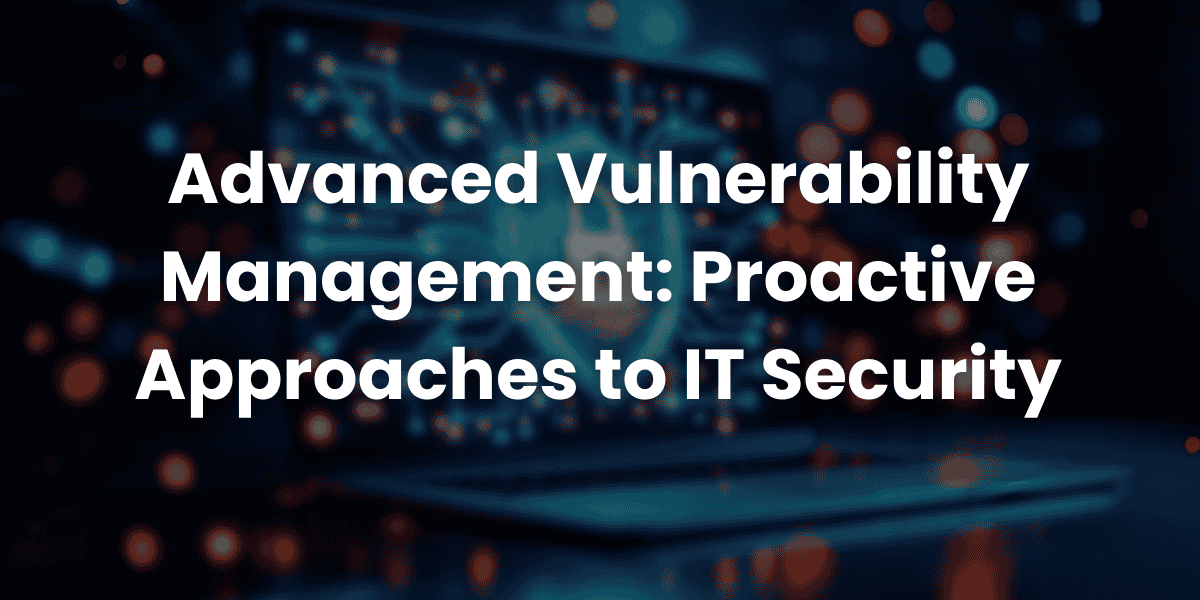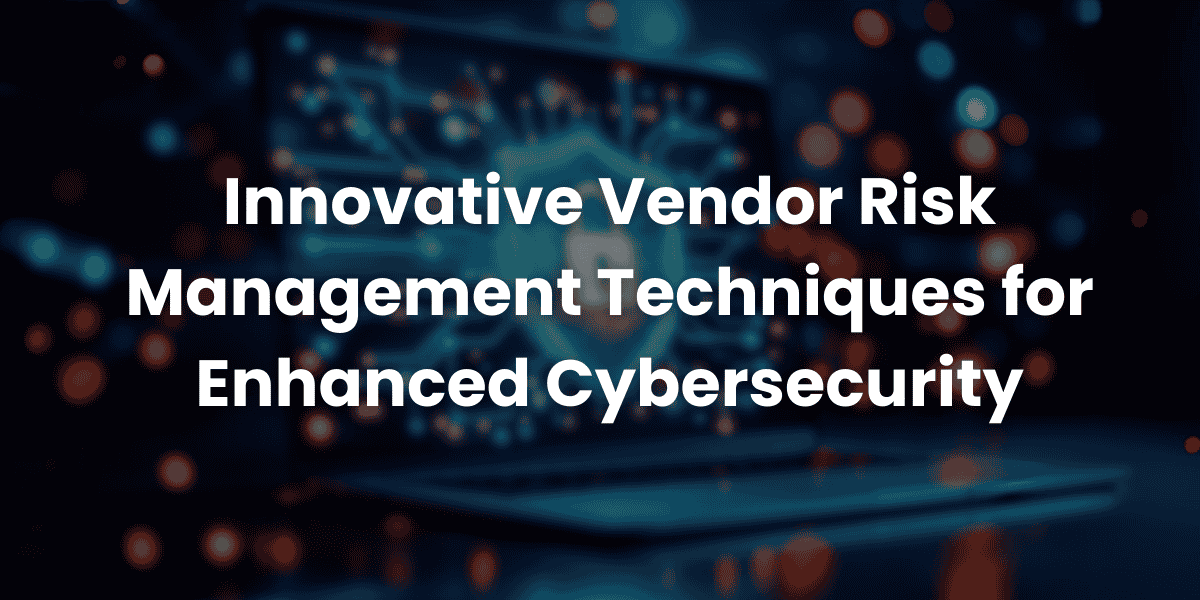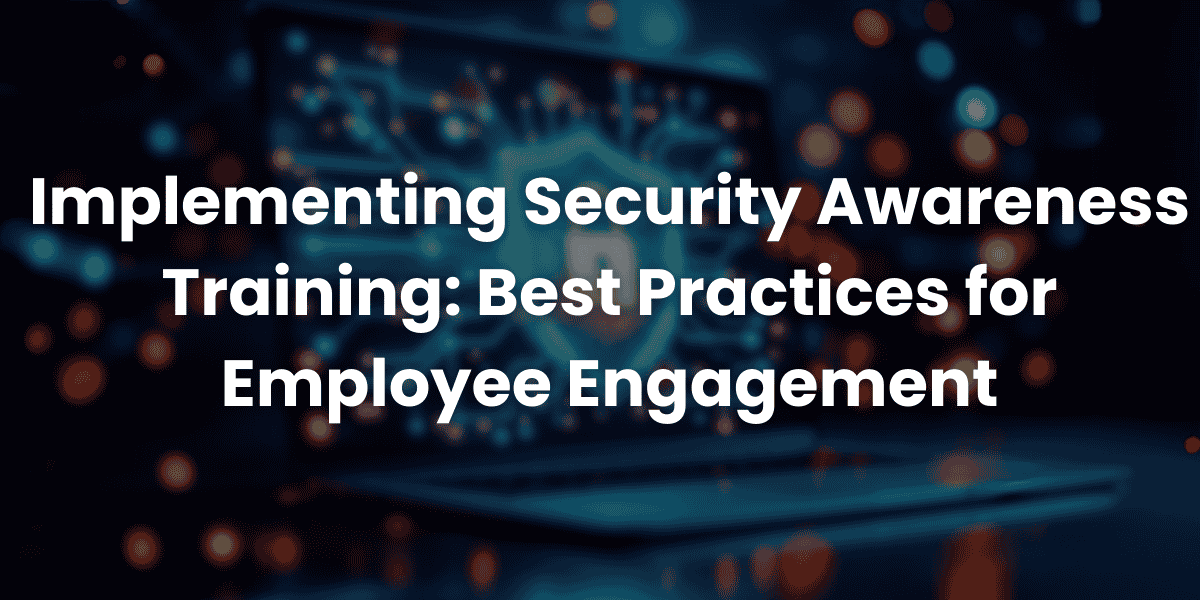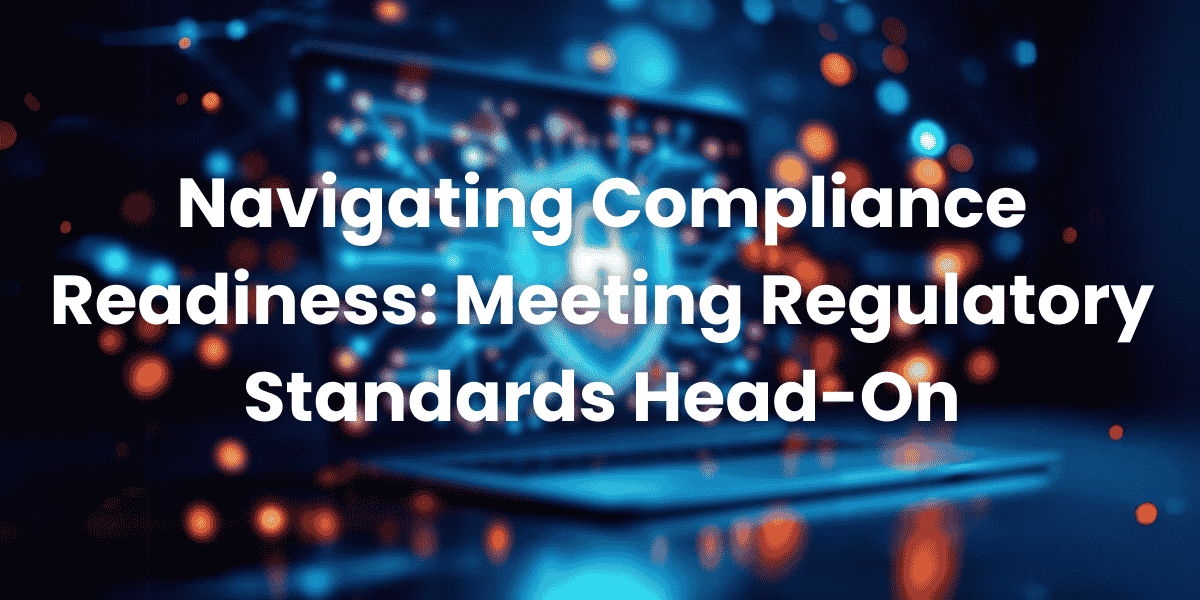In today’s digital-first world, human error remains one of the leading causes of cybersecurity breaches. To combat this, organizations must prioritize security awareness training to educate employees on identifying and mitigating risks. Implementing an effective security awareness training program not only strengthens your organization’s defenses but also fosters a culture of vigilance. This article outlines the best practices for implementing security awareness training and ensuring high levels of employee engagement.
Why Is Security Awareness Training Essential?
Security awareness training is no longer optional—it’s a necessity. Employees are often the first line of defense against cyber threats such as phishing attacks, social engineering, and malware. Without proper training, even the most advanced security systems can be compromised. In 2025, organizations that invest in security awareness training will be better equipped to protect sensitive data and maintain operational integrity.
Best Practice 1: Tailor Training to Your Audience
One size does not fit all when it comes to security awareness training. Different departments and roles face unique risks. For example, finance teams may need training on preventing fraud, while IT staff may require advanced threat detection skills. Customizing your security awareness training ensures that the content is relevant and actionable for each group.
Best Practice 2: Use Interactive and Engaging Content
To maximize engagement, incorporate interactive elements into your security awareness training. This could include quizzes, simulations, and gamified challenges that make learning fun and memorable. Interactive content not only captures attention but also reinforces key concepts, making your security awareness training more effective.
Best Practice 3: Provide Real-World Examples
Employees are more likely to engage with security awareness training when they understand its real-world applications. Use case studies and examples of recent cyberattacks to illustrate potential risks and consequences. Demonstrating how these threats impact businesses helps employees see the value of the training and motivates them to apply what they’ve learned.
Best Practice 4: Make Training Ongoing, Not One-Time
Cybersecurity threats evolve constantly, so security awareness training should be an ongoing process. Instead of conducting a single annual session, implement regular training modules throughout the year. Frequent reinforcement ensures that employees stay informed about emerging threats and remain vigilant in their daily activities.
Best Practice 5: Leverage Microlearning Techniques
Microlearning breaks down complex topics into bite-sized lessons, making security awareness training more digestible and less overwhelming. Short videos, infographics, and quick tips can be delivered via email or internal platforms, allowing employees to learn at their own pace. This approach enhances retention and keeps security awareness training top-of-mind.
Best Practice 6: Measure Training Effectiveness
To ensure your security awareness training is impactful, establish metrics to measure its effectiveness. Track participation rates, quiz scores, and behavioral changes, such as reduced phishing click-through rates. Regularly reviewing these metrics allows you to refine your security awareness training program and address any gaps.
Best Practice 7: Encourage Leadership Participation
Leadership buy-in is crucial for the success of any security awareness training initiative. When executives actively participate and promote the program, it sends a strong message about its importance. Leaders should model secure behaviors and emphasize the role of security awareness training in protecting the organization.
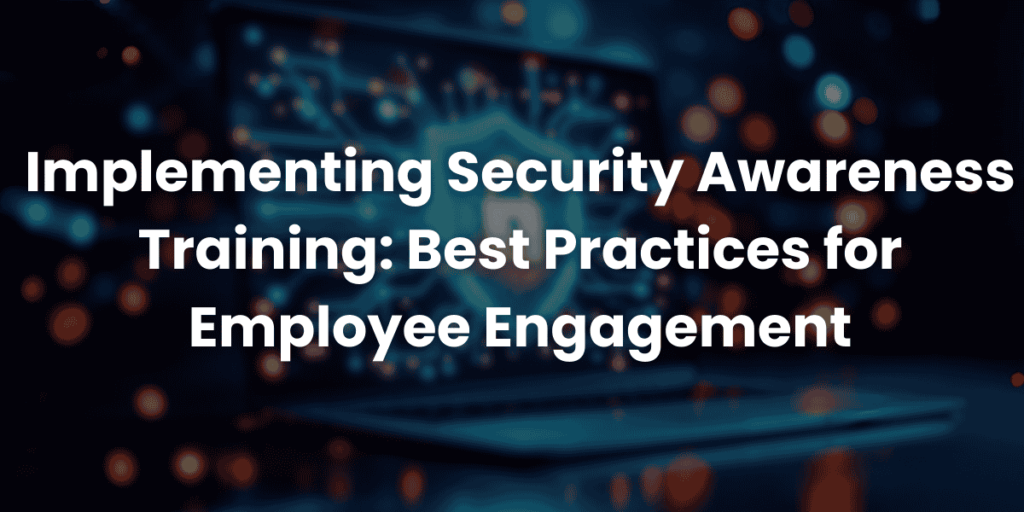
Best Practice 8: Foster a Culture of Accountability
Creating a culture of accountability ensures that employees take security awareness training seriously. Establish clear expectations and consequences for failing to follow security protocols. At the same time, recognize and reward employees who demonstrate exemplary behavior. Accountability reinforces the importance of security awareness training in everyday operations.
Best Practice 9: Integrate Training with Daily Workflows
To maximize engagement, integrate security awareness training into employees’ daily workflows. For example, use pop-up reminders during login or embed security tips in routine communications. By making training part of their regular tasks, employees are more likely to internalize and apply the lessons from security awareness training.
Best Practice 10: Stay Updated on Emerging Threats
The cybersecurity landscape is constantly changing, and your security awareness training should evolve accordingly. Regularly update your training materials to reflect new threats, such as AI-driven attacks or deepfake scams. Staying ahead of trends ensures that your security awareness training remains relevant and effective.
Contact Us for Expert Guidance on Security Awareness Training
At CISO Canada, we specialize in designing and implementing tailored security awareness training programs that drive employee engagement and enhance organizational security. To contact us, please use this link. Reach out to us today to learn how we can assist you!


